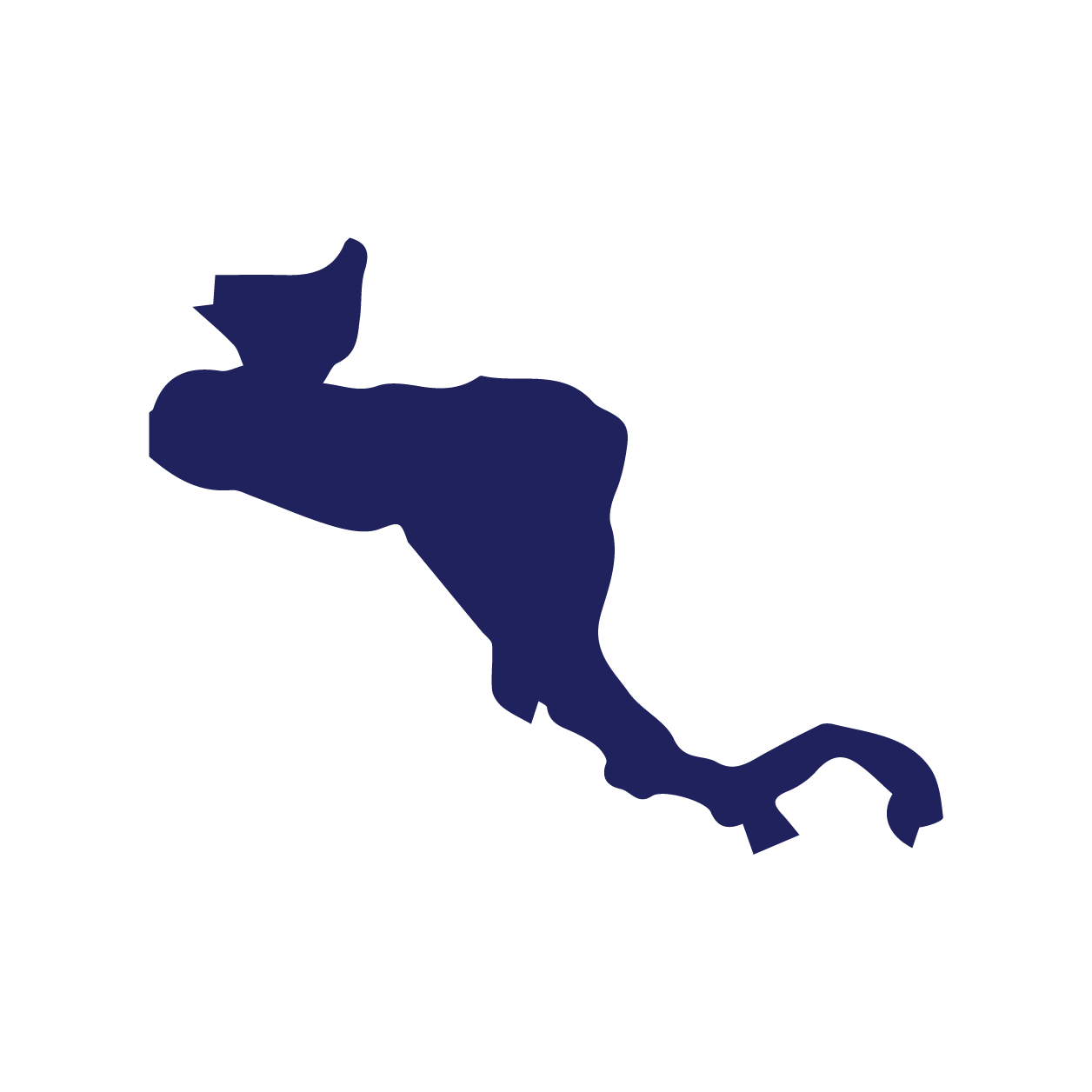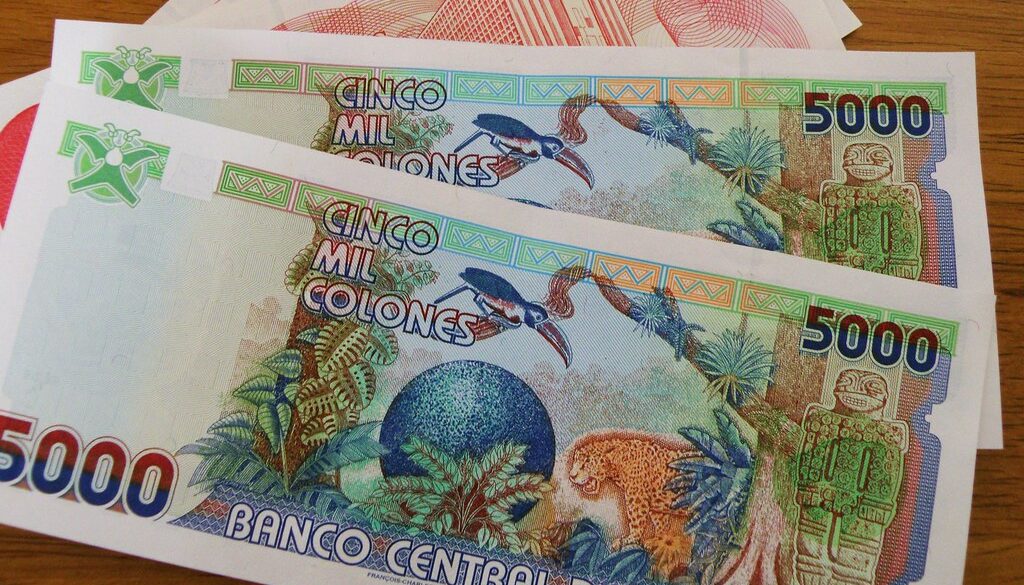The power of what Central America exports to the world
Table of Contents
Contact the Central American Group to ship to and from the isthmus.
Central America exports a wide variety of products
The items that Central America exports represent more than 4,000 products. They include minerals such as gold and copper, medical devices, high-tech products, and a long list of textile goods that the world consumes.
Central America is a melting pot of more than 51 million inhabitants and the origin of a long list of products exported to the world for their quality and innovation. As a result, the flavors, aromas, products, and technologies with a “Made in Central America” seal have an important place in international markets.
For example, premium rum produced in Guatemala is enjoyed in over a hundred countries. At the same time, gourmet coffee from El Salvador is in demand by discerning palates in Germany and Japan. Furthermore, chips made in Costa Rica give life to powerful computer equipment used all over the planet.
The list of items marked “Made in Central America” is extensive. Although it has an essential base in agro-industrial products such as sugar and pineapple, there are other products that, due to their specialization, have secured a space in the competitive international market.
According to data from the Central American Economic Integration Secretariat (SIECA), the US market is the leading destination of the goods Central America exports (45% of the total). In addition, more than 4,000 products that make up the exportable supply of goods reach 182 national markets.
Francisco Lima Mena, secretary general of the SIECA, explained that at the end of 2021, the total exports of Central American countries added up to US$42 billion and remained at levels higher than those reached in 2019, a year before the onset of the coronavirus pandemic.
He added that the agro-industrial production of the region is of great importance and that the world recognizes the high quality and competitiveness of that production. “In the agricultural sector, in the case of sugar, for example, we talk about prices and quantities produced in fairly competitive conditions. Moreover, many of the cane derivatives have very high competitiveness and quality that is recognized internationally”, he asserted.
Central America exports everything from cardamom to dragon fruit.
Although it is recognized as a region of coffee, sugar cane, pineapple, banana, and other plant species, the productive matrix of the isthmus has been changing over time. As a result, central America exports products such as Guatemalan cardamom sent to destinations such as Saudi Arabia, the United Arab Emirates, Bangladesh, and Pakistan, where it is consumed as a highly prized condiment.
According to data from the Guatemalan Ministry of Economy, between 2017 and 2021, exports to the Saudi Arabian market totaled US$844.7 million.
Currently, the isthmus produces and sells other products abroad, such as cocoa, avocado, and dragon fruit (pitahaya), to mention a few.
Eric Dormoi, National Director of Export Promotion of Panama, explained that his country had seen special coffees as an “ambassador” product. In recent years, the Panamanian production of coffee of the Geisha variety has conquered the world. As a result, it has achieved important records in specialty coffee auctions, where a pound has been priced as high as US$2,568.
“Panama mainly exports unroasted gold coffee, without decaffeination; roasted and non-decaffeinated coffee in varieties such as Panama Geisha, Pacamara, Bourbon, Caturra, Typica, Catuai, and Maragogype, among others. We currently export to more than 30 countries. The main destination country is the United States, followed by China and Hong Kong,” he highlighted.
But they are not the only destinations. The Panamanian aromatic is also sold in Saudi Arabia, Germany, Japan, South Korea, Belgium, Australia, the Netherlands, the United Kingdom, the United Arab Emirates, Taiwan, France, the Czech Republic, Singapore, Turkey, Malaysia, Slovakia, Kuwait, Hungary, Thailand, South Africa, Bahrain, Myanmar, Indonesia, and Macao, among other nations. “The international demand for specialty coffees is a market niche that is growing, and Panama is well positioned to supply this market,” he stressed.
Looking for differentials
In the same way, as in the trend of coffee specialization, the isthmus is achieving the same effect in the production of textiles. This is a high-value niche occupied mainly by the three countries of the Northern Triangle (Guatemala, Honduras, and El Salvador). The sector evolved, became geographically integrated, and now generates higher value-added products that, although not always for a mass market, have particular niches.
Charles Hess, CEO of CABI-Data Analytics, said that in the case of manufacturing in the region, apparel/clothing stands out in the first place, followed by plastic manufacturing and paper and cardboard manufacturing. In another group are alcoholic beverages and vinegar, and in a third group, Central America exports pharmaceutical, chemical, and cleaning products.
Karla Domínguez, manager of industrial intelligence for the Salvadoran Association of Industrialists (ASI), explained that in El Salvador, for example, the textile industry has achieved various degrees of specialization, including making fabrics and pants that are used by US forest rangers, as well as by firefighters.
Blanca Callejas, president of the Association of Producers and Exporters of Nicaragua (APEN), highlighted the country’s progress in exporting new products but considered this insufficient.
She explained that in the case of Nicaragua, in general, there are no significant changes in the export mix “because raw materials continue to be exported. These are products with very little added value.”
For the executive, this exposes some of the country’s vulnerabilities in the face of variations in market demand, supply, or prices. This is in addition to risks expressed in the face of restrictions or demands. These include those derived from applying some non-tariff barriers. However, Nicaragua has also entered the dynamics of new items. It has important exports, such as the production of wire harnesses demanded by the automotive industry, which generated nearly US$600 million in sales under the Free Zone regime last year.
The model case of Costa Rica
The country with the most progress in terms of diversification of exports is Costa Rica, where the medical device category stands out in its supply of manufacturing production. As a result, this sector has experienced strong growth.
“There have been changes in Costa Rica’s export matrix. These occurred thanks to the diversification of markets and products and the development of trained and educated human talent,” said Siany Villalobos Salas, president of the Chamber of Exporters of Costa Rica (Cadexco).
He highlighted the leading role of emerging sectors such as medical devices, which in 2021 alone earned US$3.17 billion in foreign currency from export sales. This figure is triple what is generated by traditional activities such as banana and pineapple cultivation.
Lima Mena added that although the transformation is a challenge, it must be recognized that agricultural production is vital for the isthmus since it is an essential creator of jobs and generates high-quality products. “The social effects of the agricultural part of Central American economies are significant,” the expert noted.
Main export destinations
The US is the leading destination for products made in Central America. According to SIECA data. At the end of 2021, the largest consumer market in the world was the destination of 45% of Central American export production.
Intra -Central American trade is the second largest market for the region, with 29%. The isthmus is a place that maintains a constant demand that helps even in times of global crisis.
The EU, as a block, is the recipient of 20% of the items that Central America exports, while the potential growth of sales to China (5.5%) is viewed with interest. However, obstacles to more significant sales to China include great distances over which to ship products and higher costs.
Contact Us
Please use this form to contact us and we will respond as soon as possible:
Contact Us
Please use this form to contact us and we will respond as soon as possible:
Contact Us
Please use this form to contact us and we will respond as soon as possible:
Contact Us
Please use this form to contact us and we will respond as soon as possible:





